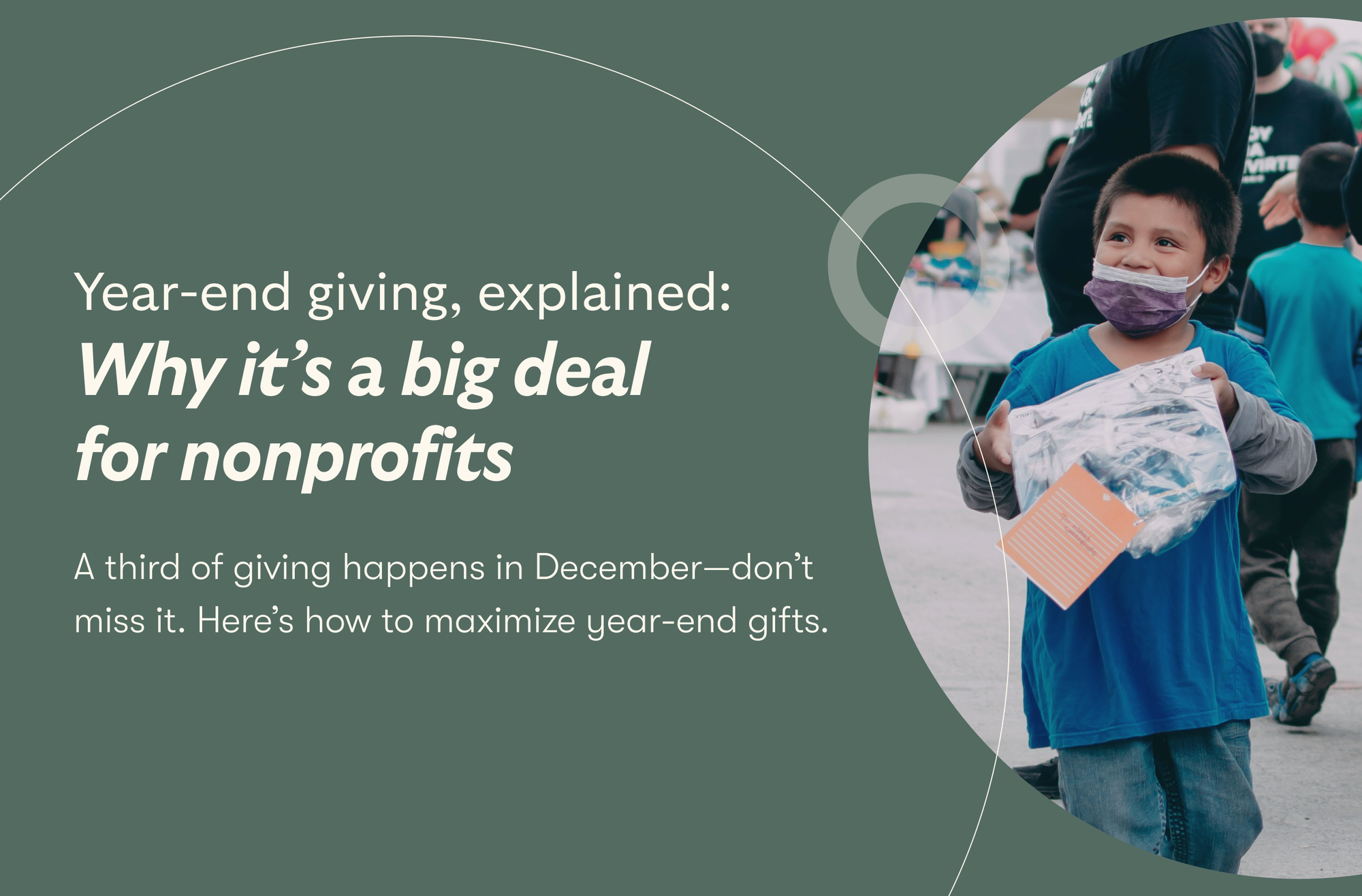Use high-quality consignment items from BetterWorld partners
Add important videos or live-streaming directly to your BetterWorld page
Save time by allowing donors to upload items directly to your auction
Automatically charge your winners, accept donations, and send receipts with one simple click.
University Fundraising: How to Organize a 5K Run
By Whit Hunter

Pulling off a 5K fundraiser for a University isn’t all sunshine and protein bars. It’s logistics, hard work, planning, and a weirdly long discussion about whether navy or dark blue T-shirt look more “energetic.”
But it’s also this rare, glorious chance to bring your campus together for a meaningful cause. You’re uniting strangers and giving people an excuse to care about something that matters.
From recruiting runners to wrangling sponsors, getting people to show up in their running shoes requires thoughtful preparation and a persuasive pitch.
This guide will show you how to organize a run that engages the entire campus and boosts your fundraising efforts.
Steps to Organize a 5K Fundraiser for a University
Organizing a 5K fundraiser sounds easy until you realize you’re assembling a small army of mildly competitive college students (and convincing them it’s for a good cause).
You’re putting together a university-wide event that needs permits, volunteers, sponsors, and a playlist that doesn’t scream “2008.”
But luckily, you don’t need to be an event-planning genius to pull it off. All you need is a clear game plan, which we break down below.
1. Define Your Goal
Before you think about race routes or ordering safety pins in bulk, pause. Take a deep breath. Ask yourself: Why are we doing this? And no, “because the student council said so” doesn’t count.
A clear goal will help you plan further. It’ll guide your pitch to sponsors and even the tone of your promotional posters.
Your goal should be specific. A few examples include:
- Raise $10,000 for student mental health services
- Fund new lab equipment for the science department
- Support scholarships for underrepresented students
- Help the campus food pantry restock before winter break
- Bring awareness and funding to a local nonprofit partner
Once you define your goal, every step after that, from branding to budgeting, gets a whole lot smoother.
2. Get University Approval & Support
You can’t just set up a finish line and expect campus security to wave from the sidelines. Universities love student initiative, sure, but they also love rules and paperwork.
Getting official approval is the green light that opens up everything from access to campus facilities to legit promo support.
You’ll likely need to submit a formal proposal or event request. This will require an event date, purpose, expected turnout, route details, and a plan for managing safety.
Make sure you loop in student affairs and faculty who might champion the cause. The more support you build on the inside, the easier it gets to secure funding and those sweet campus-wide email blasts.
A platform like BetterWorld can level up your University fundraising game. Whether you plan to include a post-run raffle or a slick donation page, the platform gives you just the right tools to manage everything without drowning in spreadsheets.
3. Choose a Date and Plan the Route
Timing is everything. Choose the wrong date, and you’re competing with finals or that one campus event that always draws a crowd with free pizza and a DJ.
You want your 5K to land in the sweet spot. Ideally, when students are present and the weather is friendly.
And then there’s the route. A great route is safe, well-marked, logistically sound, and preferably doesn’t include a surprise uphill battle at the 4K mark.
Here’s a quick breakdown to help you nail both:
| What to consider | Tips and tricks |
|---|---|
| Ideal Timing | Avoid exam weeks and peak vacation seasons. Mid-semester is gold. |
| Weather Watch | Check historical weather for your date. After all, nobody wants to run in a downpour. |
| Weekend vs Weekday | Saturdays work best. Fewer class conflicts and more free time. |
| Route Safety | Minimize street crossings. As a rule of thumb, prioritize paths with space and visibility. |
| Route Permissions | Coordinate with campus facilities or the city council for route clearance. |
| Vibe Factor | Include scenic areas to make the run enjoyable for participants. |
4. Set a Budget
Setting a budget isn’t the most exciting step, but it’s the backbone of your 5K fundraiser. Without it, you might unknowingly throw money at water bottles and wonder why you can’t afford a finish line banner.
A clear budget helps you fundraise strategically and avoid those awkward “we ran out of T-shirts… sorry” moments.
Start by listing your essentials. This might include:
- Permits
- Insurance
- Printing
- Promo materials
- Race bibs
- Water stations
- Snacks
Then account for the unexpected (because something will most definitely go sideways). Once you’ve got a rough total, figure out how to cover it: registration fees, sponsorships, university funding, or sheer creative hustle.
And remember, just because it’s a fundraiser doesn’t mean you should burn cash.
Keep it lean and transparent. A well-budgeted 5K is how you run the show without running it into the ground.
BetterWorld makes elegant fundraising solutions for students, parents & alumni
5. Look for Sponsors
Unless you’re sitting on endless cash, you’re gonna need backup for marathon fundraising.
This is where sponsors will help. These are the local businesses and community members who will happily chip in if you give them a reason to care.
It’s more like a value exchange. Sponsors provide funding or supplies, and in return, you give them visibility by displaying their logos on shirts or giving them shoutouts on social.
So, make it feel less like a favor and more like a brilliant marketing move.
Approach them with a short pitch that clearly states:
- What your fundraiser supports
- How many people will attend
- What they get in return
Be professional, but keep it personal. A handwritten note or in-person visit goes a long way.
And once those sponsors are on board, it’s time to make every donation count without getting lost in admin chaos. That’s where BetterWorld comes in.
Instead of juggling spreadsheets and last-minute RSVPs, BetterWorld lets you centralize everything in one easy-to-use platform. Set up a branded fundraising page or create digital raffle giveaways sponsored by local businesses.
You can even sell race tickets and track donations in real-time while giving sponsors the desired visibility.
6. Create a Registration System
A proper sign-up process tells you who’s coming, how many T-shirts to order, and whether you need 50 bananas or 500. (Trust us, you want to know.)
Keep it simple, though. Use platforms like BetterWorld to make the process easier and donation-friendly. Universities and non-profits already trust it. It has all the tools you need in one place: branded event pages, donor engagement, and built-in crowdfunding if you want to go big.
So instead of duct-taping together Google Forms and spreadsheets, give your runners a pro-level experience from the jump.
But make sure you collect only what you need - name, contact, payment, T-shirt size - because no one wants to fill out a government-style census just to jog.
And make it feel good. Add a personal thank-you email or a race-day checklist. Your registration system is the first real interaction runners have with your event. Make it easy and fun.
7. Promote the Event Everywhere
You want hype. You want FOMO. You want that one professor who never leaves their office to consider lacing up their sneakers. So, how do you do it? You go full-court press.
Every channel is fair game: socials, flyers, emails, and awkward class announcements.
But you must tailor your message to fit the platform. No copy-paste energy here. A TikTok needs different vibes than a poster in the library basement, of course.
Here’s how to hit every corner of campus (and beyond):
| Channel | What to do |
|---|---|
| Instagram and TikTok | Post teaser videos with trending audio. |
| Campus email blasts | Send short emails with a bold CTA and registration link. |
| Flyers | Hit the dorms and libraries. Make sure you add a QR code so people can register on the spot. |
| Professors, Clubs | Ask for quick shout-outs in classes and club meetings. |
| Student influencers | Find a few popular students to talk about it. |
| University website | Request a feature or event listing. It’s great for reaching parents. |
| Local media | If you’ve got time, consider pitching your story to a local blog or radio station. It will add a sense of legitimacy. |
8. Prepare for the Race Day
You pulled it off. People ran, donated, and nobody tripped over a rogue traffic. The sneakers are tied, the bibs are printed, and your playlist is almost perfect. But before the first runner stretches, you’ve got one job: make sure everything runs smoothly. Here’s how.
- Start with logistics. Volunteers need to know where to be (and when not to panic). Set up signage, water stations, first aid, and the finish line.
- Have a backup of everything. Some extra safety pins, chargers, and snacks for hangry volunteers will do.
- Don’t forget your check-in system. Keep it organized so runners feel welcomed.
- Keep a race-day kit handy: duct tape, markers, duct tape again (because something will break), and a printed list of emergency contacts.
And finally, take a breath. You planned and promoted your university fundraising event. Now you get to watch it all come to life. Soak it in. Then, after everyone’s safely across the finish line, go get that post-race donut. You deserve it.
9. Celebrate, Thank, & Follow Up
You pulled it off. People ran, donated, and nobody tripped over a rogue traffic cone (hopefully). But don’t vanish into the post-event void just yet. This final stretch matters just as much.
First, celebrate. Share photos and those finish-line selfies. Create a post-race buzz on social and tag everyone involved. Let people see the impact they were part of.
Then, spread gratitude like you mean it. Send personal thank-yous to volunteers, sponsors, runners, and that one friend who stapled 300 flyers without complaining. A quick email is nice, but a shoutout or handwritten note is legendary.
Lastly, follow up. Share how much was raised and what those funds will support. Maybe even tease your next event.
Who knows, a good follow-up may encourage these one-time runners to become your lifelong supporters.
Conclusion
There’s a moment, usually right after the 5K fundraiser, when the cones are packed up and someone’s holding a half-eaten granola bar, that it hits you: “We did this!” Not just the running part, but the organizing and the somehow-convincing-people-to-wake-up-early-on-a-Saturday part. That’s no small feat.
You made a basic fundraiser into something people will talk about when they pass that one awkwardly shaped tree on campus where the water station used to be.
Now, if you want your next fundraising event to run without a hitch, try BetterWorld.
From ticketing to donation pages to donor engagement, it’s your all-in-one, zero-headache fundraising tool. Sign up today to get started. And yes, it’s free. You’re welcome.

Join 105,000+ amazing nonprofits, organizations, and fundraisers on BetterWorld

Let our FREE fundraising tools help you raise more funds with less effort








